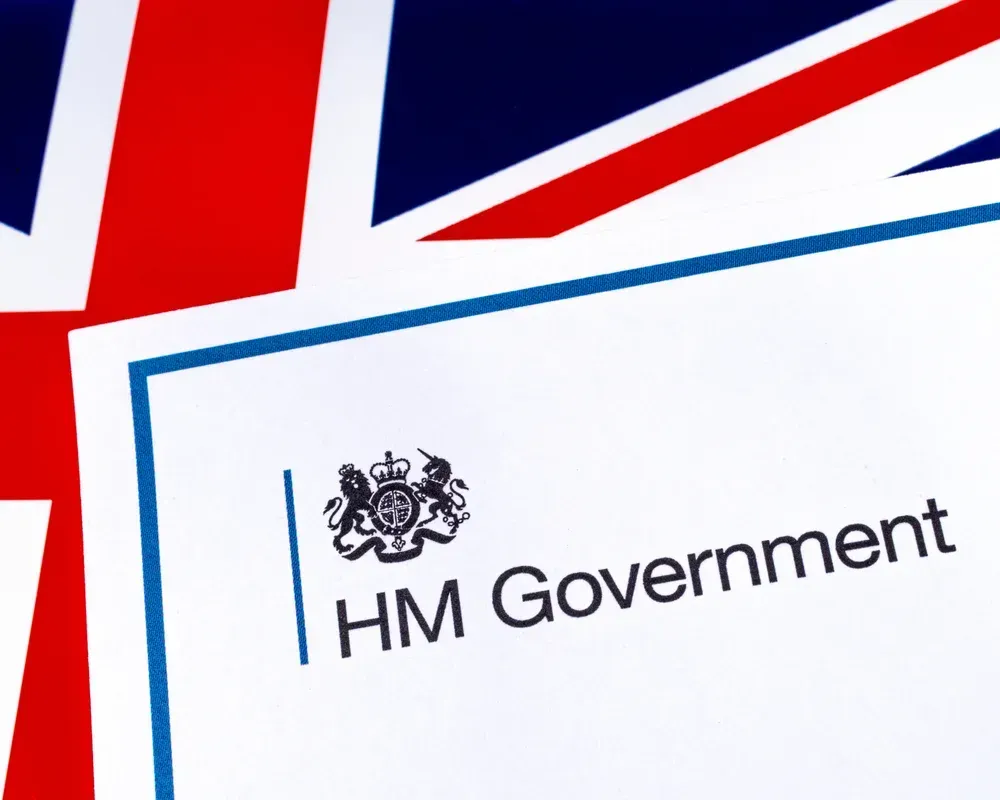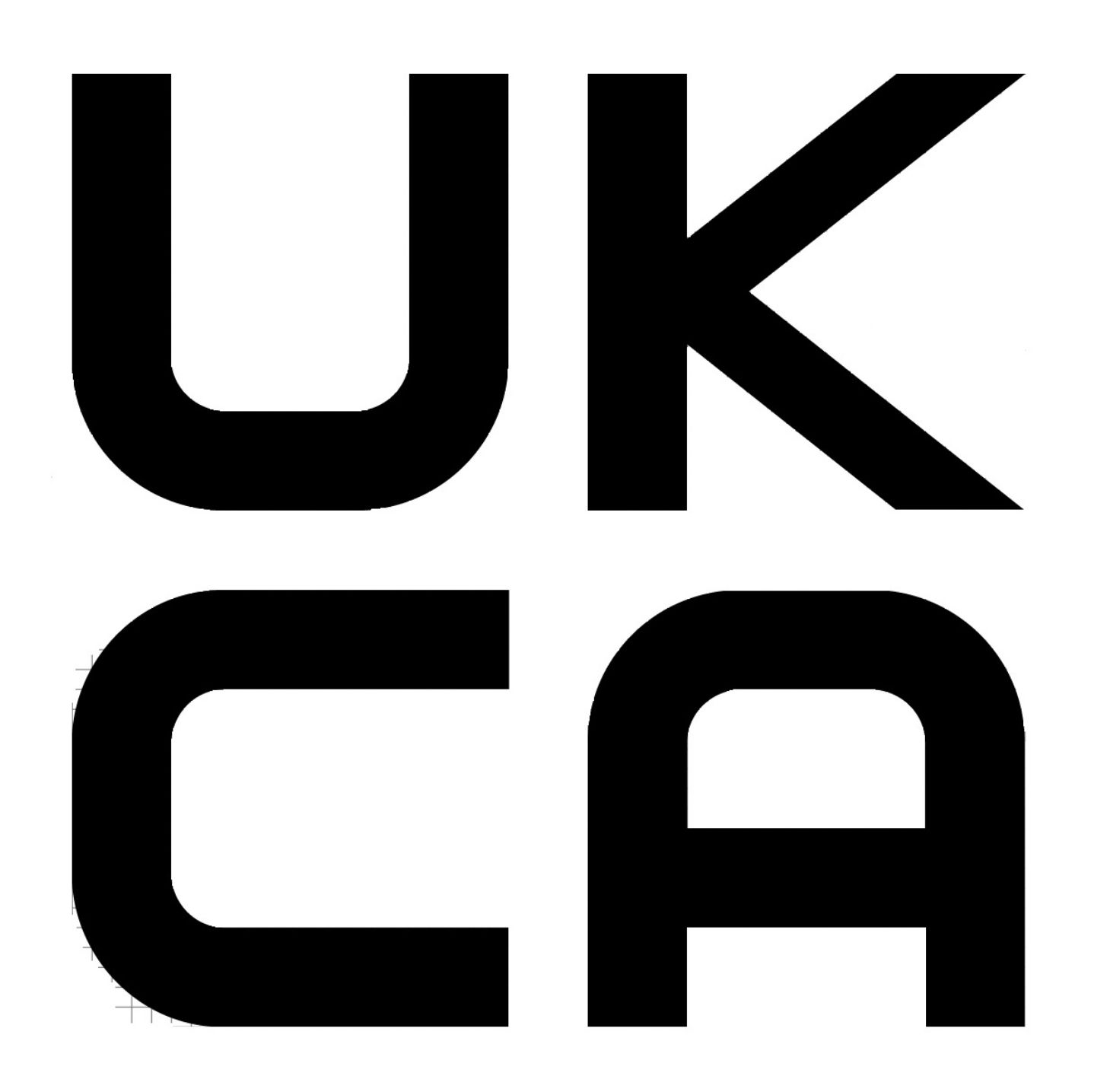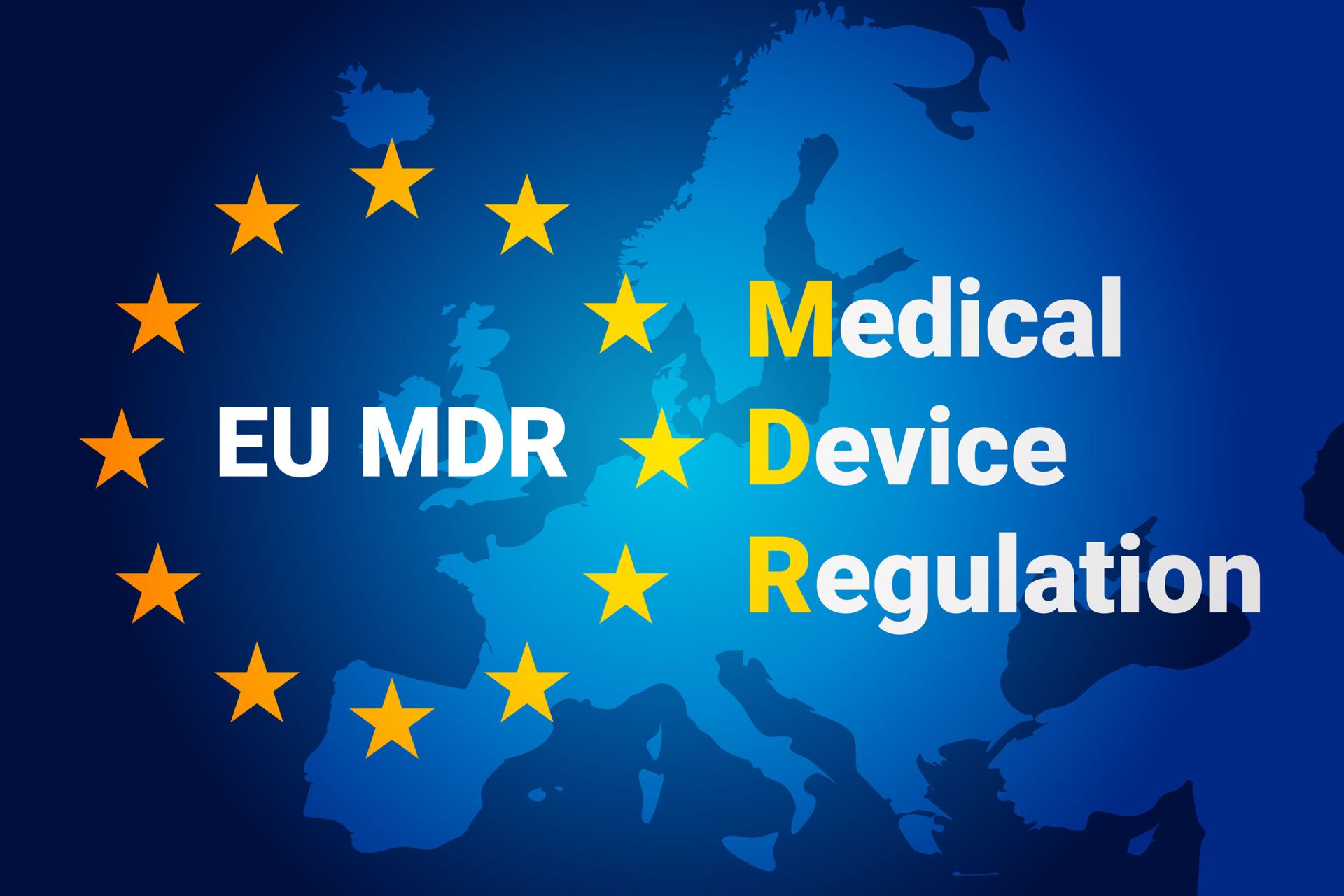Contact Us
We will get back to you as soon as possible
Please try again later
Impact on FDA 510(k) and UK Medical Device Regulation
Impact on FDA 510(k) and UK Medical Device Regulation
The transition to the UK’s new medical device regulatory framework, following Brexit, introduces a number of considerations for manufacturers who are accustomed to the FDA 510(k) process in the United States. While the FDA 510(k) pathway remains specific to the U.S. market, there are key aspects where it may intersect with the new UK regulations. Manufacturers need to navigate both regulatory landscapes if they wish to market their devices in both the U.S. and the UK.
1. Regulatory Alignment with FDA 510(k)
- FDA 510(k) is a premarket submission process through which medical device manufacturers demonstrate that their device is substantially equivalent to an already legally marketed device (predicate) in the U.S. For certain low- to moderate-risk devices, the FDA does not require clinical trials but instead a demonstration of equivalence to an existing device.
- UK MDR 2002 (post-Brexit) has a different regulatory structure but shares some similarities with the EU MDR (which was influenced by the FDA’s rigorous premarket approval processes). However, the UK does not have a direct equivalent to the 510(k) pathway. Instead, UK manufacturers and importers will need to meet the requirements set out by the MHRA (Medicines and Healthcare products Regulatory Agency) and go through conformity assessment procedures carried out by UK Approved Bodies.
2. UK Market Access for FDA 510(k)-Approved Devices
- Manufacturers who have received FDA clearance via the 510(k) process may be able to leverage their FDA approval when seeking to place their device on the UK market, but they will still need to comply with UK-specific requirements.
- For example, if a device is already FDA-cleared and is being marketed in the U.S., UK manufacturers or authorized representatives will need to go through the UK’s conformity assessment process, which involves ensuring that the device complies with UK safety, performance, and quality standards.
- This may include having the device reviewed by a UK Approved Body for CE marking equivalence or other applicable certifications.
3. Post-Brexit Market Entry Strategy
- FDA 510(k) and UK Approval: Devices cleared under the FDA’s 510(k) process may face additional regulatory hurdles for access to the UK market, even if they have FDA clearance. This includes registering the device with the MHRA and potentially undergoing additional assessments for post-market surveillance and clinical performance evaluation in line with the UK MDR.
- For example, a U.S.-marketed device that was FDA-cleared via the 510(k) pathway might not automatically be accepted in the UK, even though it was cleared for use in the U.S. Healthcare providers and regulators in the UK may require additional information, particularly around clinical data, risk management, and post-market surveillance.
4. The Role of the Authorized Representative (AR)
- As part of the UK’s regulatory framework, manufacturers outside of Great Britain (including those in the U.S.) are required to appoint an Authorized Representative (AR) in the UK. This AR will act as the point of contact between the manufacturer and the MHRA and will be responsible for ensuring that the manufacturer meets all UK regulatory requirements.
- The AR will play a similar role to that of an EU Authorized Representative, but the specifics for the UK may differ, and U.S. manufacturers should ensure their representative is properly registered with the MHRA.
5. Clinical Evidence Requirements
- While FDA 510(k) clearance generally does not require clinical trials (except in certain circumstances), the UK’s regulatory framework may impose stricter clinical evidence and performance evaluation requirements, particularly for higher-risk devices. Therefore, even if a device is FDA-cleared via 510(k), the MHRA may request additional clinical data or require the device to undergo further clinical investigation before it can be placed on the UK market.
- UK regulations, like those under the EU MDR, focus heavily on post-market clinical follow-up and vigilance. This is something that manufacturers accustomed to the FDA 510(k) process may need to take into consideration when designing clinical studies or monitoring product performance in the UK.
6. Harmonization and Mutual Recognition
- The UK is working towards international harmonization, and while the FDA 510(k) process is unlikely to be fully recognized by UK regulators as a substitute for the UK-specific conformity assessment, manufacturers who are cleared by the FDA may find it easier to comply with certain UK requirements. This is particularly true for devices that have been assessed as equivalent to an existing UK- or EU-approved device, or when manufacturers provide evidence of compliance with internationally recognized standards (e.g., ISO 13485 for quality management systems).
- The UK may eventually establish mutual recognition agreements with the U.S. and other countries that could simplify the process for manufacturers seeking market access in both regions. However, as of now, the FDA 510(k) does not directly streamline access to the UK market.
Conclusion:
While the FDA 510(k) process is an essential pathway for accessing the U.S. market, it does not replace the need for manufacturers to meet UK-specific requirements. Manufacturers wishing to market their devices in both the U.S. and the UK should be prepared to navigate both regulatory landscapes. This involves understanding the UK’s conformity assessment process, appointing an Authorized Representative, and ensuring that their devices meet the safety and performance standards set by the MHRA under the UK MDR.
Manufacturers should also stay informed about potential changes to global regulatory harmonization efforts that may eventually align the U.S. and UK pathways more closely in the future.




